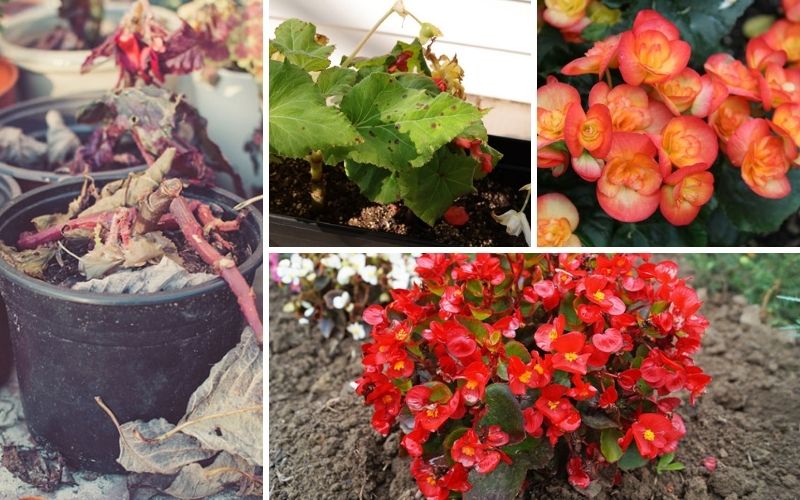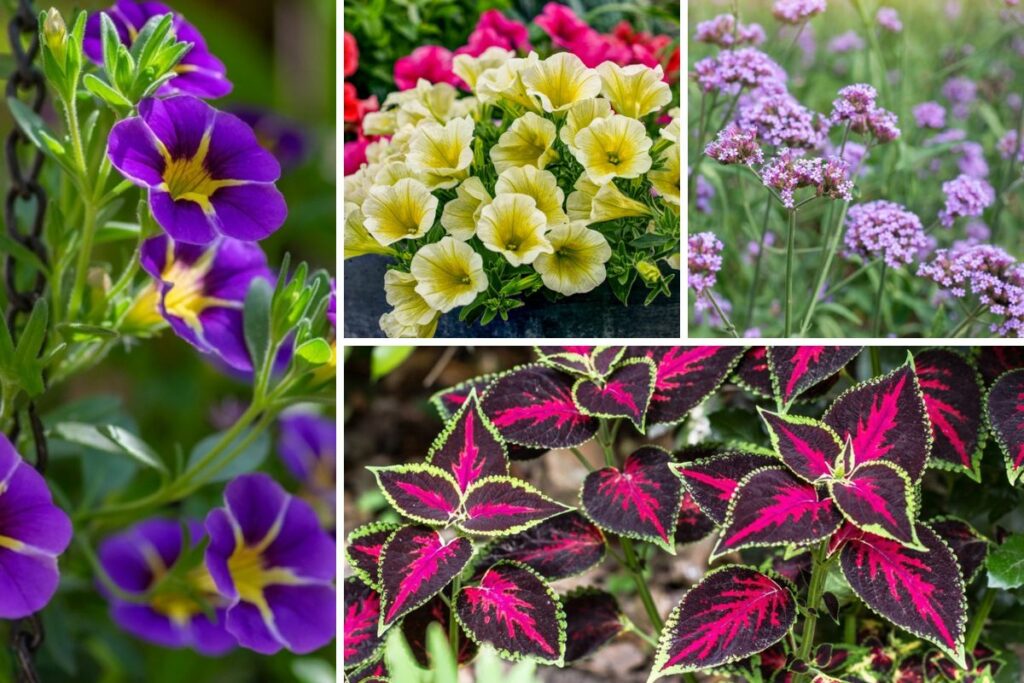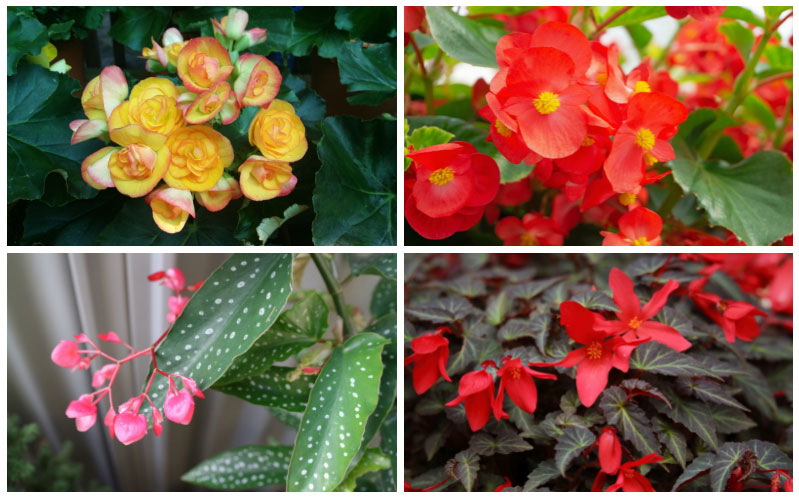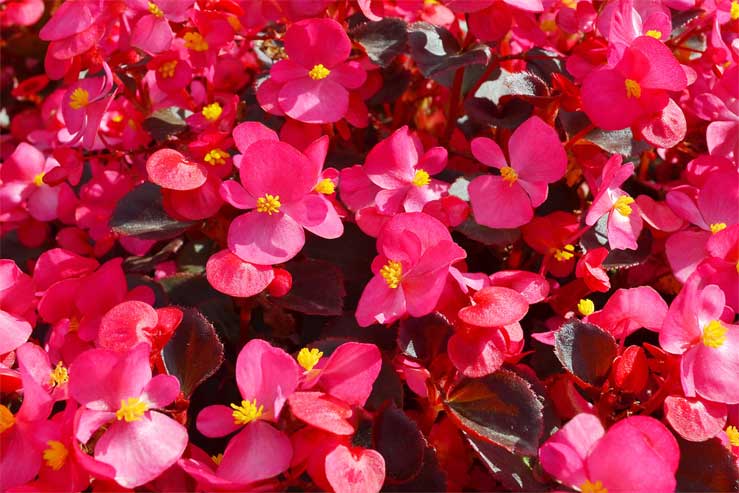
Begonias are a beautiful tropical plant that looks great in any garden, but since they do not grow well in colder climates, those of you who live in a northern location where the weather varies quite a bit will not be able to grow these plants outdoors all year long. With that being said, as long as you keep your home at a certain temperature and you give your begonias the love and care that they need to survive, your plants can thrive in your home.
In this guide, we are going to talk about overwintering begonias, the steps that you need to take, and how to keep your plants alive during the cold winter months.
The Basics of Bringing Plants Indoors for the Winter
The trick to ensuring that your plants survive is knowing when to bring them inside. Once the temperature dips under 50 degrees Fahrenheit during the night, you will want to start the transition. Many plants will not be able to tolerate a temperature under 45 degrees Fahrenheit, so it is imperative that you do not wait too long. Since the conditions inside your home will be quite different from what they are outside, you can take the plant back outside during the day if it is warm enough.

Overwintering Begonias in Cold Climates
There are over 16,000 different species of begonias that you can grow, and each one will require different care when they are being winterized. In general, many of the begonias that you would grow in your garden can be moved indoors to continue to grow. They need to be moved indoors before the first frost because the plants may not be able to survive the shock of the cold. It is going to be best to leave the plants in their pot, but they are growing in the ground or a rootbound pot, you will need to repot them before bringing them indoors.
As you are repotting your plants, it is important that you pinch back dead blooms and parts of the plant that are not doing so well. If it is easier, you can use a pair of pruning shears to get all of the leggy material off of the plant. It is also important to make sure that you inspect the plants for insects because the last thing that you want to do is bring a pest inside your home that is going to cause harm to your other plants.
During the process of moving the plants indoors, they may lose some of their leaves, but with proper care, they will regrow. If you have foliage begonias, they are going to need less direct sunlight than blooming begonias, so make sure that you do not place them next to the window. Try to keep the temperature in your home between 65 and 73 degrees for the best results, and keep drafts of cold air as well because they could easily kill your plant. Since this is a tropical plant, you may also find that you need to adjust the humidity levels in the room. This can be done by misting the leaves of the plant or simply placing a humidifier nearby.
Overwintering a Wax Begonia
The wax begonia is a very popular plant because they are typically very easy to care for, but they still need to have special attention before winter hits so that they can survive the cold. It is important that you remove the wax begonias from the ground before the first frost hits because these plants can easily die with limited exposure to the cold. When you place the plants in a pot to take them indoors, you will want to make sure that it is a well-draining pot that will not hold the water. When the roots of this plant are too wet, root rot can occur.
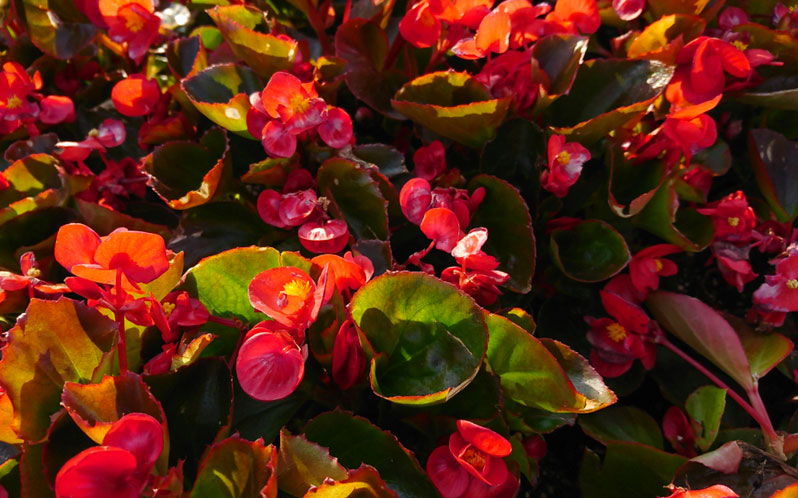
You will also want to use a well-draining soil, and make sure that the plant is only watered when the soil on the top of the plant has become dry to the touch. This plant will need partial sun when it first comes inside, but as time passes, you can move the plant farther from the window if you’d like. Just make sure that no drafts are coming from the window that could harm your plants. Also, as you are making this transition, you will want to pinch away any dead bloom or drying leaves to help promote new growth on the plant when you bring it indoors.
Overwintering Tuberous Begonia
Tuberous begonias are a little different than the other types of begonias that we have looked at in this guide. To start, this type of begonia will not actively grow through the winter; in fact, they will need to go dormant to survive the season. To force the plant to go dormant, you can do one of two things. First, you can bring the plant inside before the first frost of the year. Once it is inside, allow the soil to dry out until the leaves, blooms, and even the stems begin to drop from the plant.
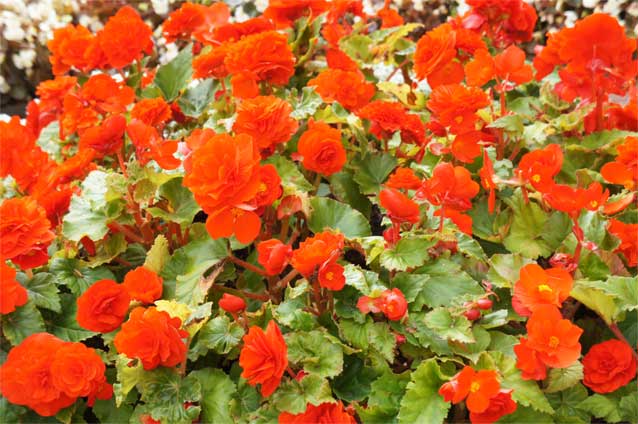
You can also simply leave the plant outside in your garden through the first frost. The cold will kill the plant, and all you will need to do is dig up the tubers and store them in a cool, dark place for the winter. Make sure to clean them off before you store them. There is no need to water the tubers at this point, especially since too much water will cause them to rot. If the tubers grow at all while they are stored away, trim the growth before replanting them.
To wake them up from dormancy, you will need to place them in the sun. You want to reintroduce the plant to the sunlight slowly so that they do not go into shock. You will also need to water the plants, but until new growth starts, very little water is needed. Once you see new growth, fertilize the plant and increase the amount of water and sunlight that it receives.





